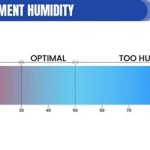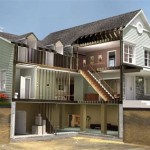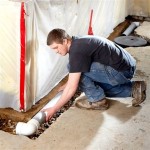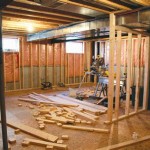Essential Aspects of Backflow Preventer for Basement Drain
A backflow preventer is a crucial component of any plumbing system, particularly in areas prone to flooding or sewer backups. It plays a vital role in preventing contaminated water from flowing back into the potable water supply. This article will delve into the essential aspects of a backflow preventer for basement drain, exploring its types, working mechanism, benefits, installation, and maintenance.
Types of Backflow Preventers
There are two primary types of backflow preventers for basement drains:
- Mechanical Backflow Preventers: These devices use a mechanical valve to prevent backflow. When water pressure in the drain increases, the valve closes, blocking the flow of water back into the house.
- Double Check Valve Backflow Preventers: These devices incorporate two check valves in series. In case of backflow, both valves close simultaneously, preventing contaminated water from entering the potable water system.
How Backflow Preventers Work
A backflow preventer operates on the principle of differential water pressure. When water flows in the intended direction (from the house to the sewer), the valve remains open. However, if water pressure in the drain rises due to a backup or flooding, the valve closes, preventing the backflow of contaminated water.
Benefits of Installing a Backflow Preventer for Basement Drain
Installing a backflow preventer in your basement drain offers numerous benefits:
- Prevents Contaminated Water Ingress: It protects your potable water supply from the backflow of sewage or floodwater, ensuring the safety and quality of your drinking water.
- Protects Property from Damage: Backflow can cause extensive damage to your basement, appliances, and furniture. A backflow preventer minimizes this risk by preventing the spread of contaminated water.
- Complies with Regulations: Many municipalities and building codes require the installation of backflow preventers in areas prone to flooding or sewer backups.
Installation and Maintenance
Installing a backflow preventer for basement drain requires the expertise of a licensed plumber. They will determine the appropriate type and size of backflow preventer based on your specific needs and plumbing system.
Regular maintenance is crucial to ensure the proper functioning of your backflow preventer. This includes annual inspections by a qualified technician who will clean the device, test its operation, and replace any worn or damaged parts as necessary.
Conclusion
A backflow preventer for basement drain is an essential safeguard against the potential hazards of contaminated water backflow. By understanding the different types, working mechanism, benefits, and maintenance requirements of backflow preventers, you can make an informed decision to protect your home and ensure the safety of your drinking water.

Drain Backflow Preventer 3

Drain Backflow Preventer 2

How To Install A Floor Drain Backflow Preventer Family Handyman

Drain Backflow Preventer 3

Sentinel Drain Guard Approved Products

How To Installing A Floor Drain Backflow Preventer Avoid Sewer Backups Youtube

How To Install A Floor Drain Backflow Preventer Family Handyman

Drain Backflow Preventer 3

How To Install A Floor Drain Backflow Preventer Family Handyman

Sentinel Drain Guard Approved Products








